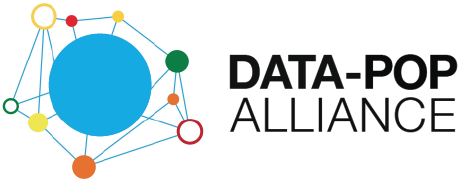MALAWI
Information last updated: April 30, 2020
- Total population: 18.1 M
- Population +65 yo: 3%
- GDP Per Capita: 1,071 USD
- Informal employment: Not available
- First registered case: 2 April
- Hospital beds: .70 (per 1,000 people)
Sources: TheWorld Bank and WHO (Population over 65 years old, Informal employment, GDP-PPP, Hospital beds).
Status
- 21 day lockdown proposed by the Government of Malawi; though currently there is an injunction.
Response set up and capacity
A special COVID-19 Task Force led by the Minister of Health is in charge of responding and coordinating response. Malawi has a health system that lacks proper facilities for its population and faces significant financial and human resource constraints.
Stakeholder Mapping
Entities / Organizations
• Government of Malawi (GoM) / Ministry of Health
• World Health Organization
• United Nations
• Academic Institutions
Additional actors
• Human Rights Defenders Coalition (HRDC)
• Malawi Police
• Malawi Defense Force
• Religious leaders
Mitigating factors - What is being done?
- April 2: Despite no confirmed cases prior to 2nd April, GoM declares the pandemic a national disaster. This entails putting place a series of control measures, including banning gatherings of more than 100 people (churches, rallies, weddings and funerals). Public and private education institutions are closed indefinitely and the GoM suspends hosting international meetings and bans public servants from attending regional and international meetings. All residents and nationals returning from COVID-affected countries were asked to quarantine themselves for 14 days. The GoM also directed the Malawi Prison Services and Juvenile Centers to present a list of prisoners and juveniles who committed minor offences or who had already served a significant part of their sentence to the Minister of Homeland Security to decongest prisons. In addition, fuel prices were reduced by 15%, a waiver was given on the tourist levy and on nonresident tax for all foreign doctors and medical personnel. The Malawi Revenue Authority opened up a six-month voluntary tax compliance window to allow taxpayers with arrears to settle tax obligations. Additionally, the GoM called upon the Treasury to reduce the salaries of the President, Cabinet and Deputy Ministers by 10% for three months directing the resources to the COVID fight. Furthermore, the GoM commits to recruit 2,000 health workers to address the constraint of human resources.
- April 14: GoM announces a 21-day lockdown commencing 18th April at midnight.
- April 17: The Malawi High Court issues a temporary injunction based on a petition filed by the HRDC who argued GoM did not take measures to cushion the poor and most vulnerable.
- April 22: GoM files a statement in opposition to the injunction. However, on 23rd April GoM announced they were withdrawing their application to vacate the injunction. On 28th April the High Court sustained the injunction on the lockdown. The President announced that the government would restrict movements and put in place measures to cushion the poor.
Risks, vulnerabilities, obstacles
- Malawi’s health system is fragile. The doctor to patient ratio is below WHO recommendation and Malawi has resource constraints that limit capacity in managing Covid-19.
- Health personnel have been on strike asking GoM to provide them with Personal Protective Equipment and better pay. This may make treatment and contact tracing severely limited.
- Country border posts are a major threat. Most of the cases that Malawi initially recorded were reported to have travelled to affected countries.
- Social distancing may be a challenge in the densely populated areas of the country.
- Socio economic and cultural factors are also a challenge. According to a World Bank report, 2019, 68.7% of Malawians live below the poverty line ($1.90 per day per capita). The majority rely on hand-to-mouth income to survive on a daily basis, hence it is hard for them to stay home. Culturally funerals are attended by large crowds, so limiting the number of people to attend may be a challenge.
- There is a need to effectively communicate information about the pandemic considering that 85% of the population lives in rural areas with limited access to information.
Potential actions and demands
- GoM may consider using key authorities in the country such as chiefs, religious leaders, and healthcare workers to disseminate information to the society.
Key resources
Contributor(s): Corretta Gawani.


